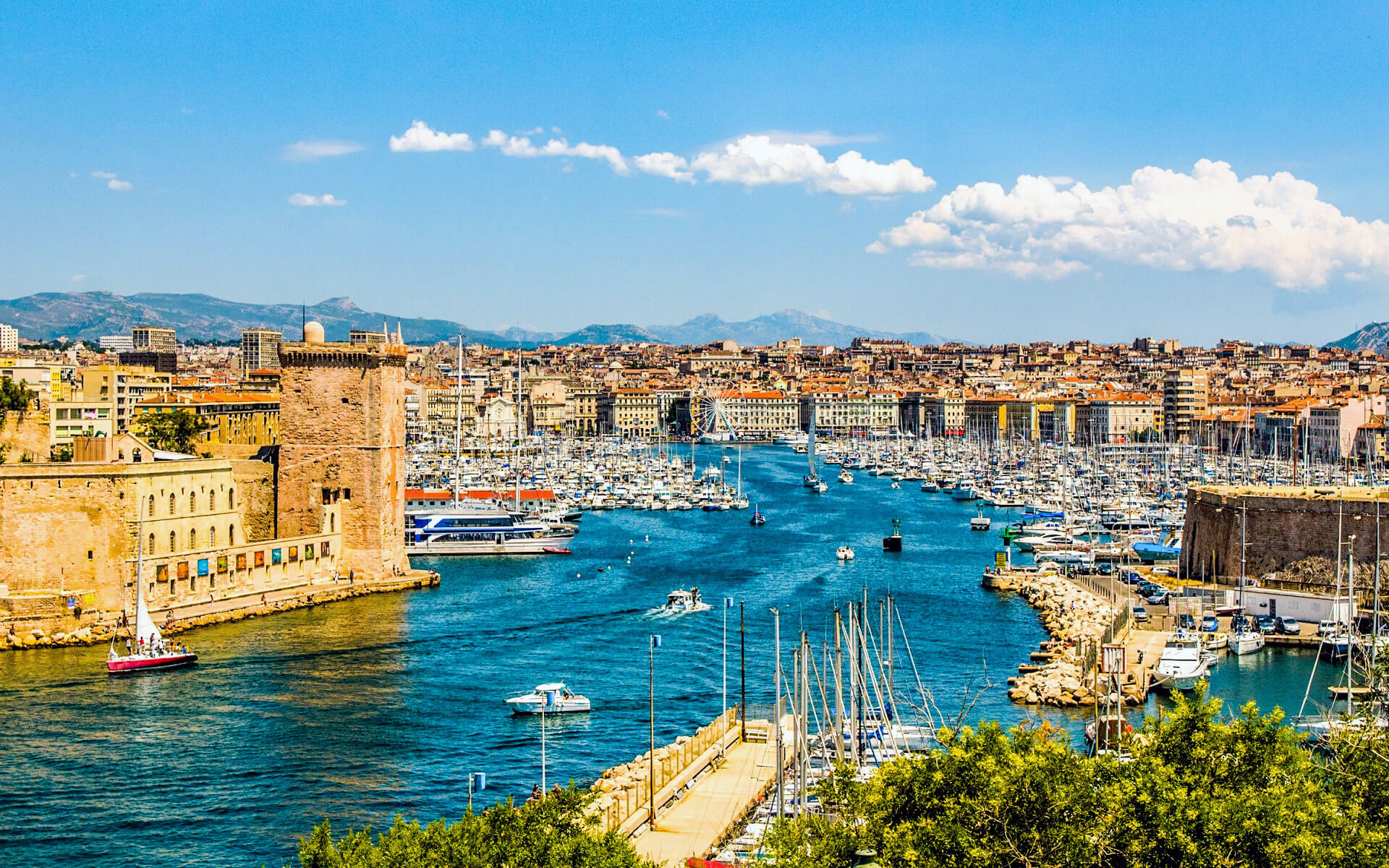Marseille is a large French commercial and industrial center with good transit infrastructure (roads, sea port and airport). Marseille Provence Airport is France’s fourth biggest. Marseille was rated the most active of France’s main cities by the French financial magazine L’Expansion in May 2005, citing numbers indicating that 7,200 businesses had been established in the city since 2000. Marseille is also France’s second biggest research center, with Aix Marseille University housing 3,000 research experts. The Marseille metropolitan area had a GDP of $60.3 billion in 2014, or $36,127 per capita (purchasing power parity).
Port
Marseille’s economy was historically driven by its function as a French Empire port connecting the North African possessions of Algeria, Morocco, and Tunisia with Metropolitan France. During the Second Empire, the Port de la Joliette superseded the Old Port as the principal trading port, and it currently houses restaurants, offices, bars, and hotels, as well as serving primarily as a private marina. The majority of the port and docks, which declined in the 1970s during the oil crisis, have lately been renovated using European Union subsidies. Fishing is still vital in Marseille, and the local catch feeds the city’s food economy; a daily fish market is still conducted on the Quai des Belges in the Old Port.
Marseille’s economy and area are still inextricably tied to its commercial port, the first French port and the sixth European port by cargo tonnage, which is located north of the Old Port and east of Fos-sur-Mer. The port operations support around 45,000 employment and generate 4 billion euros to the area economy. The port handles 100 million tons of freight every year, 60 percent of which is petroleum, ranking it first in France and the Mediterranean and third in Europe. However, in the early 2000s, the continual strikes and social unrest hampered development in container traffic. With 1,062,408 TEU, the port ranks 20th in Europe for container traffic, and new infrastructure has already increased capacity to 2M TEU. The primary industries are petroleum refining and shipbuilding, although chemicals, soap, glass, sugar, construction materials, plastics, textiles, olive oil, and processed foods are also major goods. Marseille is linked to the Rhône via a canal, giving it access to France’s large waterway network. Pipelines transport petroleum northward to the Paris basin. In addition, the city is France’s major oil refining center.


